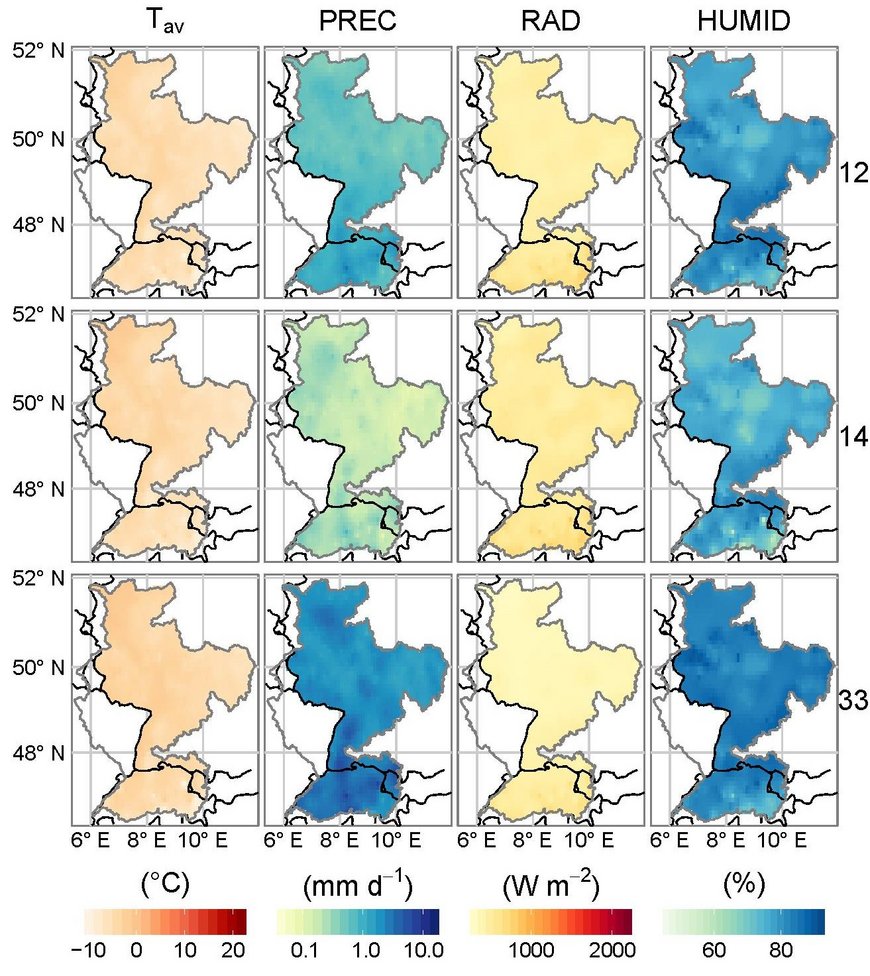Detection and attribution of changes in floods
Detection of changes in the frequency and/or magnitude of floods has been extensively carried out for many river basins worldwide. However, little effort has been made so far to attribute these changes to certain drivers such as climate change, changes in land use, catchment properties, or river training. The knowledge of reasons behind observed changes is essential in order to better quantify related risks and to be able to adapt to changing flood risks or to take action to reduce them. As climate change is assumed to be a significant driver of changes in the past decades and near future, the contribution of climate change to changes in floods is of great interest. We quantify this contribution for the Rhine catchment by downscaling Global Circulation Models (GCM) using weather patterns. Relating each pattern to a certain range of climate variable values allows us to employ a weather generator and create times series of climate data which can be used to run a hydrological model and quantify the effect of anthropogenic climate change on floods.
In the first step we derived an optimal weather pattern classification for the Rhine basin based on the ERA20C 20th century reanalysis data (Figure 1) (Murawski et al., 2016). The ability of 15 GCM from the recent CMIP5 ensemble to reproduce the seasonality, frequency and persistence of the weather patterns was extensively tested. In the further step, we analysed to what extent the observed trends in climate variables can be represented by frequency changes of weather patterns (between-type variability) and by changes of internal pattern properties (within-type variability) (Murawski et al., in review). The high degree of trends explained by between-type variability is a prerequisite for using a weather generator conditioned upon weather patterns for statistical downscaling of GCM output. In the final step, the downscaled climate fields are used to drive the hydrological model SWIM setup for the Rhine basin in order to assess flow changes and the role of anthropogenic climate change.
Key publications:
Murawski, A., Bürger, G., Vorogushyn, S., Merz, B. (2016): Can local climate variability be explained by weather patterns? A multi-station evaluation for the Rhine basin. - Hydrology and Earth System Sciences, 20, p. 4283-4306.
Murawski, A., Vorogushyn, S., Bürger, G., Gerlitz, L., & Merz, B. (2018). Do Changing Weather Types Explain Observed Climatic Trends in the Rhine Basin? An Analysis of Within- and Between-Type Changes. Journal of Geophysical Research: Atmospheres, 123(3). doi.org/10.1002/2017JD026654


